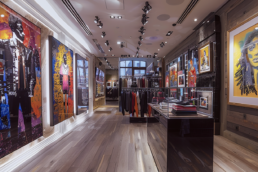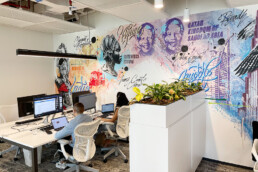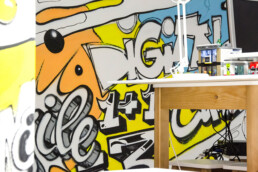Urban planning in Dubai is meeting artistic expression head-on, as street art becomes not just a form of rebellion but a powerful tool for shaping public spaces and fostering a sense of belonging among residents and visitors alike. The marriage between the structured world of urban development and the free-spirited realm of street art is breaking boundaries, paving the way for a new era of cityscapes that resonate with emotion and energy. As city skylines expand and urban landscapes evolve, the integration of street art into urban planning processes is proving to be more than just a decorative touch. It’s a strategic move to cultivate a deeper connection between the city and its inhabitants, transforming mundane streets into dynamic canvases that narrate tales of culture, identity, and unity. Public art projects are no longer mere embellishments; they are powerful catalysts for community engagement and empowerment, turning once-overlooked corners into vibrant hubs of creativity and social interaction. This blog post delves into the innovative fusion of urban planning and street art in Dubai, exploring how these seemingly disparate worlds converge to create inclusive and inspiring community spaces.
 Beyond Aesthetics: Measuring the Impact of Art on Urban Development
Beyond Aesthetics: Measuring the Impact of Art on Urban Development
When it comes to urban planning in Dubai, the integration of street art goes beyond mere aesthetics. It is about creating spaces that not only look visually appealing but also have a profound impact on the community and its development. By incorporating street art into urban planning projects, city officials are recognizing the power of art to transform neighborhoods and enhance the overall quality of life for residents.
One way in which street art contributes to urban development is by fostering a sense of identity and pride among residents. When people see their culture, traditions, and stories reflected in public art, it creates a strong connection between them and their surroundings. This sense of belonging encourages community members to take ownership of their neighborhoods and actively participate in their improvement.
Moreover, street art has the potential to attract tourism and boost local economies. In Dubai, public art projects have become major attractions for both locals and visitors alike. The vibrant murals adorning buildings and walls serve as landmarks that draw people in, leading them to explore different areas of the city. This increased foot traffic can benefit local businesses such as cafes, shops, and galleries, creating a ripple effect that contributes to economic growth.
Cultural Mosaics: Reflecting Diversity Through Urban Art
Dubai is known for its rich cultural diversity, with residents from all corners of the globe calling it home. Street art provides a unique platform for celebrating this diversity by showcasing different cultures through visual storytelling. Murals depicting traditional dances, iconic landmarks, or even everyday scenes from various countries create a tapestry of cultural mosaics that reflect Dubai’s cosmopolitan nature.
By highlighting diverse cultures through street art, urban planners are sending a powerful message about inclusivity and acceptance. These artworks serve as reminders that Dubai is a melting pot of cultures, where everyone’s heritage is valued and celebrated. This celebration of diversity not only strengthens social cohesion but also promotes cultural tourism, as visitors are drawn to experience the unique blend of traditions that Dubai has to offer.
Nurturing Creativity: Street Art Workshops and Community Engagement
Integrating street art into urban planning goes beyond commissioning artists to create murals. It involves actively engaging the community in the creative process and nurturing local talent. Street art workshops provide an opportunity for aspiring artists to learn from professionals, honing their skills and contributing their own artistic expressions to the city’s landscape.
These workshops also foster a sense of ownership and pride among community members. When individuals have a hand in creating public art, they develop a deeper connection with their surroundings. They become stakeholders in the beautification and development of their neighborhoods, leading to increased community engagement and a stronger sense of collective responsibility.
Transforming Neglected Areas: Revitalizing Urban Landscapes Through Art
One of the most significant impacts of integrating street art into urban planning is its ability to transform neglected areas into vibrant spaces. By breathing new life into forgotten corners, street art acts as a catalyst for urban revitalization. Blank walls become canvases for artistic expression, turning once-dull streets into dynamic corridors that inspire creativity and evoke emotions.
This transformation not only improves the visual appeal of these areas but also enhances safety and security. Studies have shown that well-maintained public spaces with vibrant artwork tend to deter crime and antisocial behavior. The presence of street art creates a sense of surveillance as more people are drawn to these areas, resulting in increased social interaction and community vigilance.
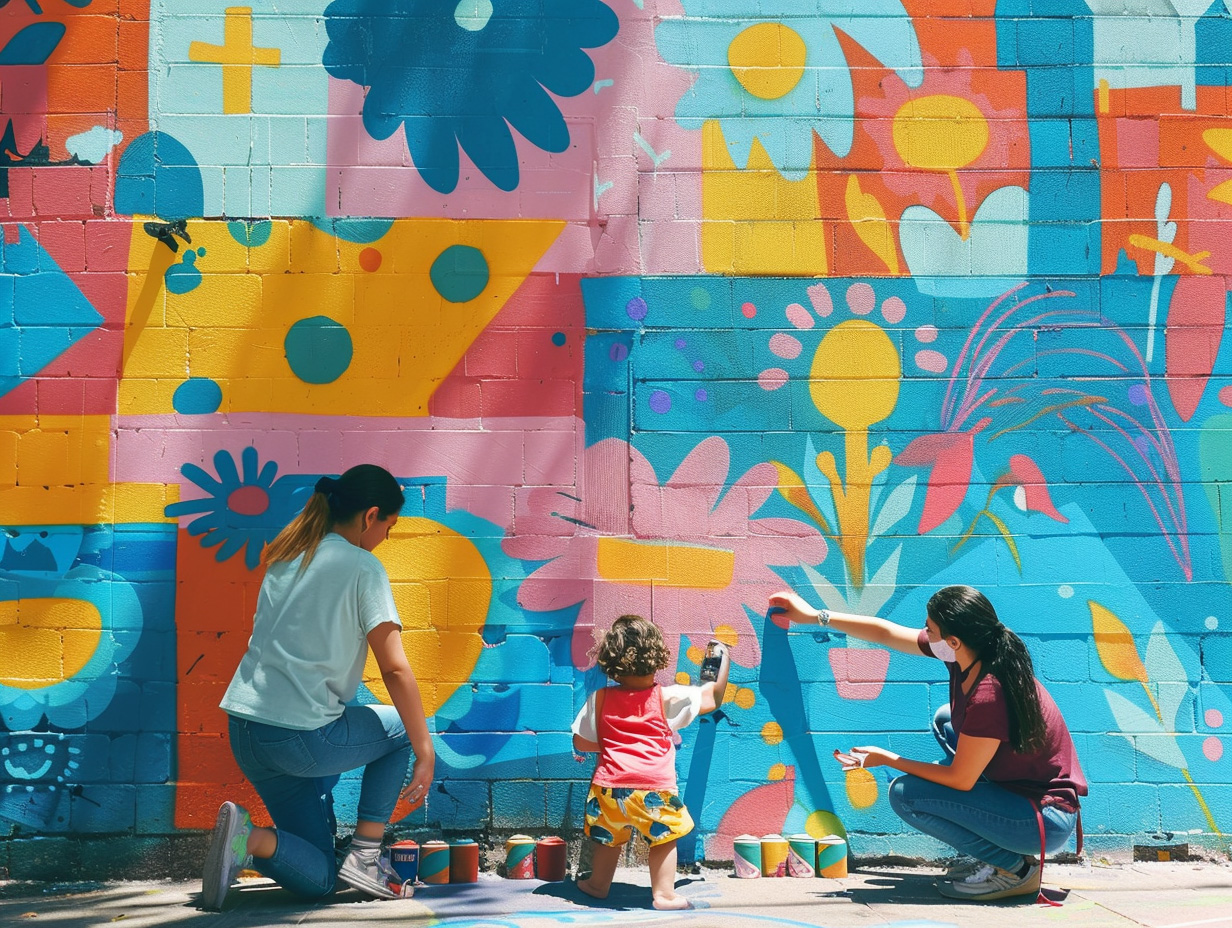 Keeping Traditions Alive: Heritage Preservation Through Street Art
Keeping Traditions Alive: Heritage Preservation Through Street Art
Dubai is a city deeply rooted in its traditions and heritage. Integrating street art into urban planning provides an innovative way to preserve and showcase these cultural treasures. Murals depicting traditional crafts, historical events, or iconic figures serve as visual reminders of Dubai’s rich history.
By incorporating elements of heritage into public art projects, urban planners ensure that future generations remain connected to their roots. These artworks act as educational tools, sparking conversations about the city’s past and inspiring a sense of pride in its cultural heritage. They also contribute to the preservation of intangible cultural practices by immortalizing them on the walls of the city.
In conclusion, the integration of street art into urban planning in Dubai revolutionizes the concept of community spaces. It goes beyond aesthetics, serving as a powerful tool for enhancing public spaces, fostering community engagement, and preserving cultural heritage. By embracing street art as an integral part of city development projects, Dubai is creating inclusive and inspiring environments that reflect its diverse identity and captivate residents and visitors alike.
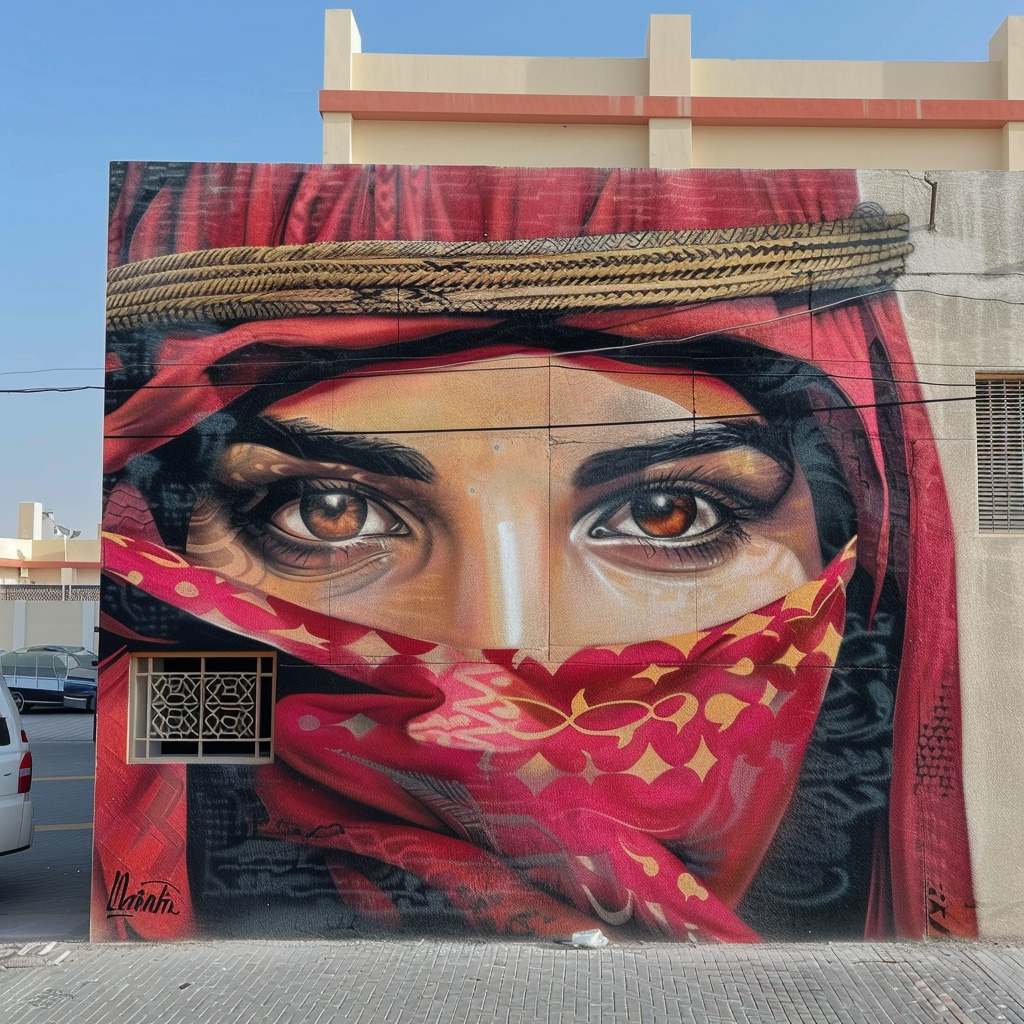
Related Posts
29 mars 2024
The Synergy between Fashion and Street Art in Retail Spaces
A mesmerizing fusion of creativity and…
29 mars 2024
Cultural Institutions: Integrating Street Art for Engagement
In the vibrant tapestry of Dubai's…
